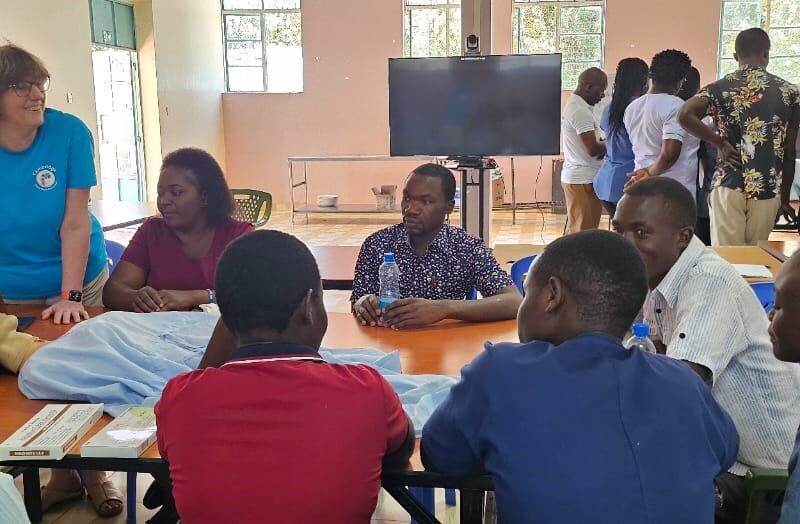How local knowledge and a sustainable approach can improve the management of sepsis and infection prevention control in Kakamega County Hospital’s maternity unit and more widely.
The Kakamega-Cambridge Antimicrobial Stewardship partnership in Kenya is working hard to make Kakamega County’s main hospital a centre of AMS excellence and roll out best practices to smaller hospitals in the region.
Kakamega County General Teaching and Referral Hospital (KCTRH) is the main hospital in the Kakamega region of western Kenya. A particular challenge it faces is the high rate of maternal sepsis within the maternity unit. A training course on infection control, management of sepsis and postnatal care in a maternity setting was previously run in November 2022, but a high staff turnover meant some of the knowledge had been lost.
In March, CGHP supported a team from Cambridge including Rosie Hospital consultant obstetrician Charlotte Patient and staff nurse Mercy Adera, as well as East of England Global Health Fellow Kati Lestak, to visit Kakamega and help deliver a refresher course. They extended the training on infection prevention control (IPC) and covered major obstetric emergencies including pre-eclampsia and post-partum haemorrhage.
The focus was on making the training sustainable, by putting processes and people in place to help the Kakamega team deliver further courses, and to champion the importance of IPC and management of obstetric emergencies at both the main hospital and the smaller sites.
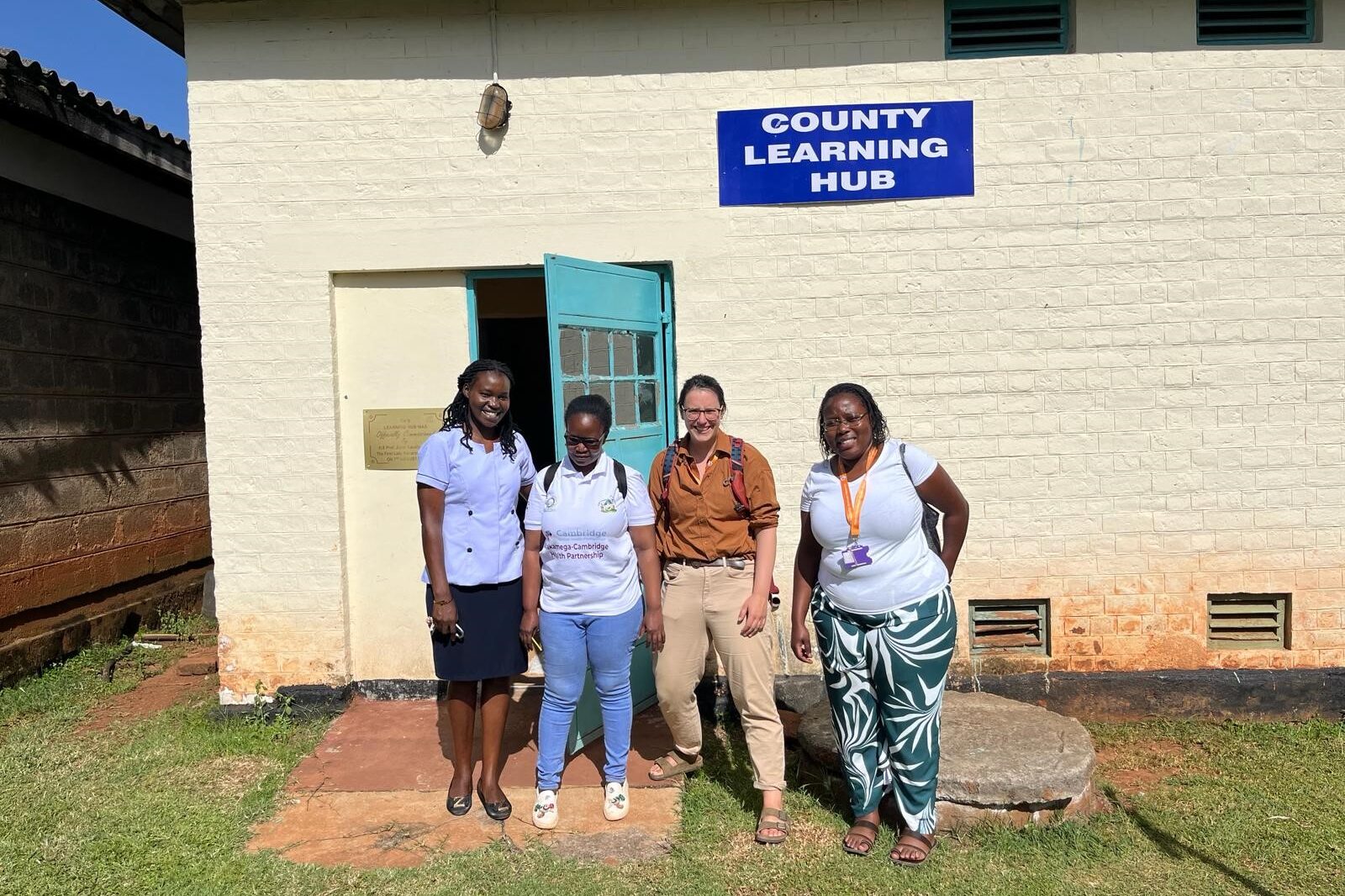
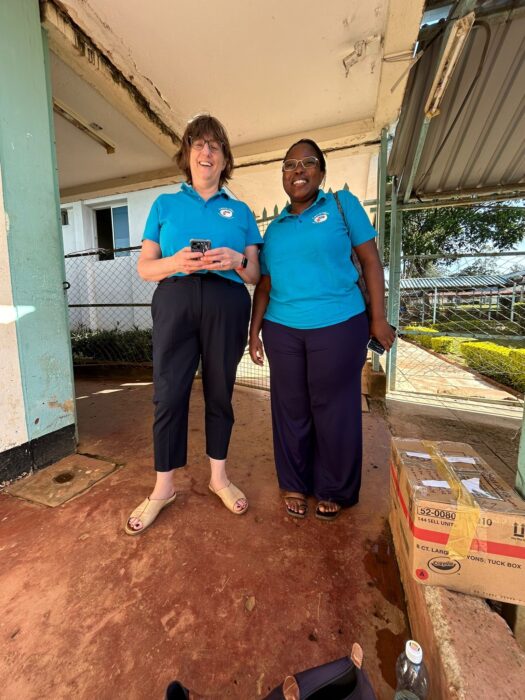
The training
The course was co-delivered over two days by the Cambridge and Kakamega teams to about 45 participants, including nurses from both Maternity and ICU, pharmacists, laboratory staff, clinical officers, locum medical officers and students. It included lectures, practical sessions and simulation, ward-based work and development of quality improvement projects.
A long-running doctors’ strike meant no doctors were able to join the training, with a knock-on impact on some senior nursing staff who were required on the wards. However, with fewer delegates, the trainers were able to spend more time on individual elements of the course.
After the course, eight champions were identified from different parts of KCTRH. They’ll be trained to deliver the course again to staff from smaller hospitals around the region. (The Partnership uses a ‘hub and spoke’ model, with KCTRH at the centre – the ‘hub’ – and the smaller, regional hospitals the ‘spokes’.) Once trained, the champions will also provide ongoing training within KCTRH as part of continuing professional development.
The Cambridge team met with the Faculty to plan future teaching, decide how best to train the trainers and to consider the most effective ways to embed learning.
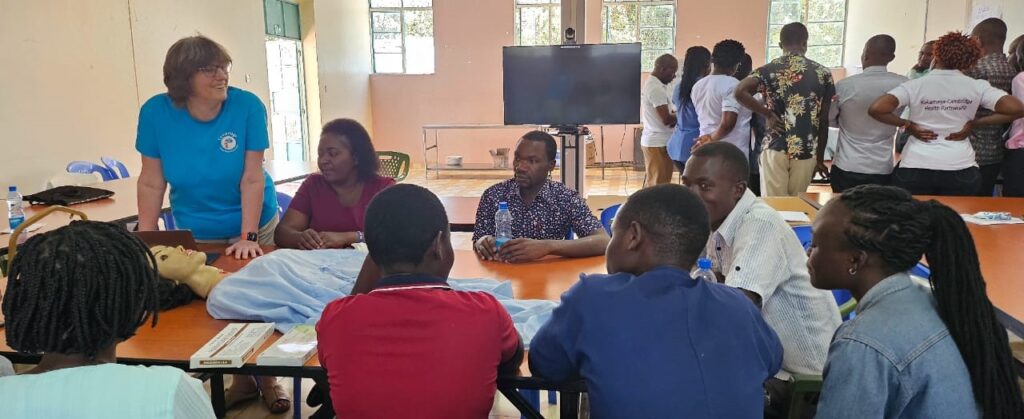
What value did the team from Cambridge bring?
Rosie Hospital nurse Mercy Adera is Kenyan, and her local knowledge and language skills were invaluable in allowing easy communication between the Cambridge and Kakamega teams. She arrived before the main team to help set up the course, which meant the time was used as effectively and efficiently as possible. Read about Mercy’s experience here.
The team also brought specialty knowledge of simulation training, quality improvement (QI) and training the trainers, which meant the course was able to run despite the doctors’ strike.
Was there any learning that could change NHS practice?
For the Cambridge team, they saw the value in multidisciplinary learning. “We tend to learn in silos and rarely mix to the extent seen in Kenya, which leads to poorer understanding of the role of others,” explains Charlotte.
They were also impressed by the Kenyan teaching methods: it is very interactive with regular breaks for energising, which was an effective way of embedding knowledge. On day two a delegate was asked to summarise the events of the day before, which worked well to reinforcing the learning.
The Quality Improvement (QI) approach was also very structured. At the end of the course, expectations were clearly laid out for the next steps for the delegates. Teams were set up with identified roles and project plans and timelines were agreed before the course ended.
“The inclusion of a Quality Improvement (QI) lead as part of the course was very positive as QI projects were identified and registered as part of the teaching, which we hope will lead to a better chance of sustainable change,” explains Charlotte. “The staff were particularly enthusiastic about QI projects that focused on sepsis management and obstetric emergencies,” she adds.
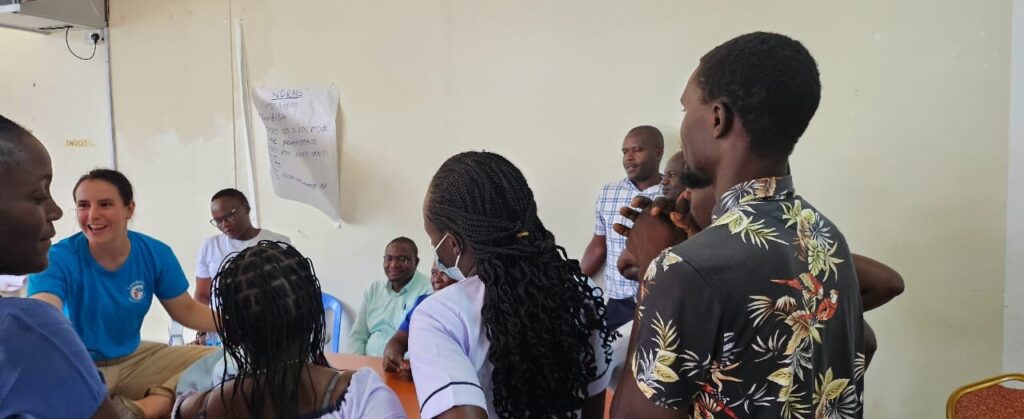
What’s next?
The plan is for the eight champions to receive train the trainer training by local faculty at the County Learning Hub, with remote support from members of the Cambridge team. The champions will then be able to deliver courses to the small, regional ‘spoke’ hospitals, as well as cascading learning within both the hub hospital and the spoke sites. Monthly partnership meetings will continue to follow up on progress of the teaching and QI projects.
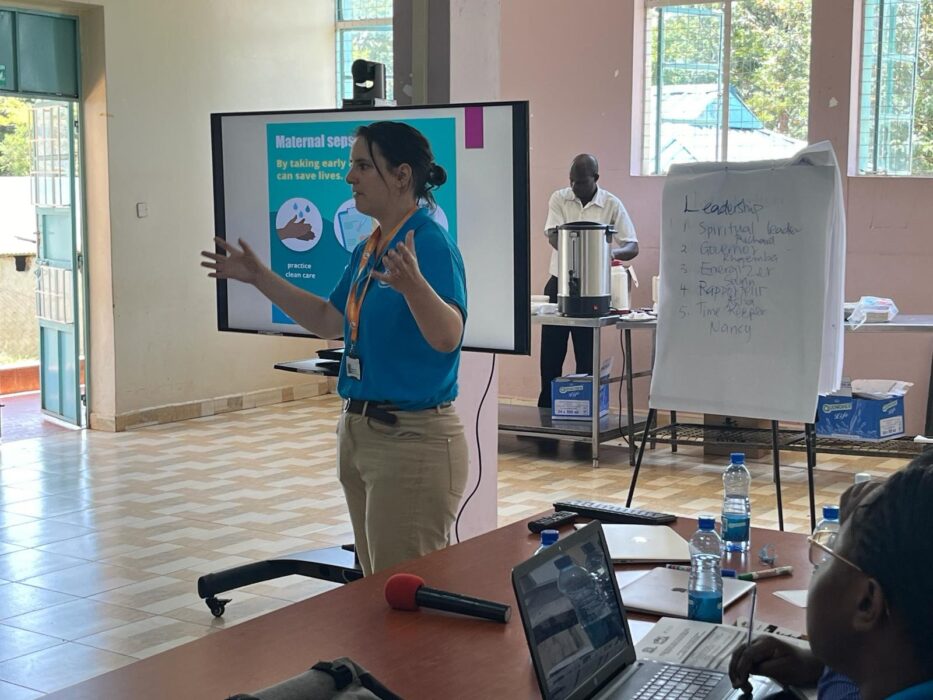
Find out more about the Kakamega-Cambridge Antimicrobial Stewardship partnership.
If you are interested in supporting CGHP, please follow the donate button below or contact the team.
Return to blogs

